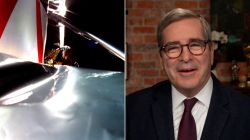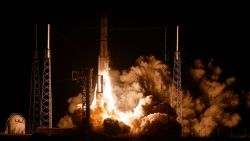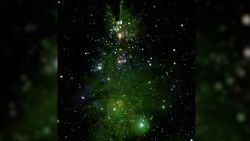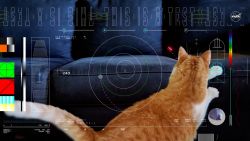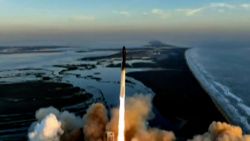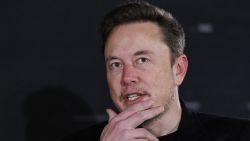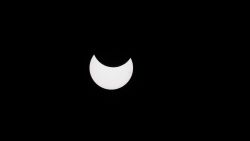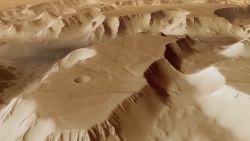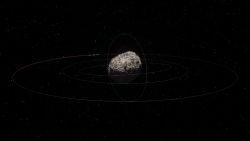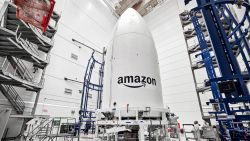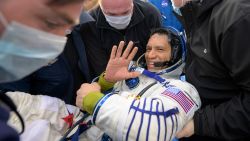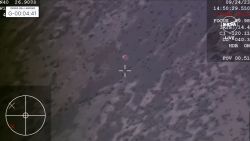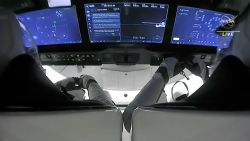After months of anticipation, SpaceX’s new crew-worthy spacecraft, the Crew Dragon, is finally prepped for its last major test before astronauts can begin using it for rides to the International Space Station.
NASA announced this week that the test, dubbed “in-flight abort,” will occur Saturday between 8 am ET and noon from Kennedy Space Center in Florida. Crew Dragon will intentionally eject itself from a rocket as it blazes toward space in order to simulate how it will carry passengers to safety if something goes awry during launch.
SpaceX, Elon Musk’s rocket company, designed Crew Dragon to ride into space atop a two-stage SpaceX Falcon 9 rocket. The first stage of the Falcon 9 provides the boost at liftoff, and the second stage fires up its own engine to blast Crew Dragon more than 16,000 miles per hour — fast enough to enter Earth’s orbit.
But on Saturday, the spacecraft will be jettisoned just before the rocket’s first stage would shut off its engines, up to a minute and a half after takeoff. At that point, the rocket could be more than 12 miles above ground, traveling 1.5 times the speed of sound.
The spacecraft will use special engines, called SuperDracos, which are specifically designed to thrust the vehicle away from a rocket during an emergency. Smaller thrusters will then orient Crew Dragon as it falls back through the atmosphere, and two sets of parachutes will slow its descent before it splashes down into the Atlantic Ocean. A recovery ship will be waiting near by to haul it to safety.
NASA asked the private sector to develop crew-worthy spacecraft to replace the Space Shuttle program after it was retired in 2011. SpaceX was allotted $2.6 billion and Boeing was awarded $4.2 billion in 2014, and the space agency initially predicted their vehicles would be ready to fly astronauts by 2017. But development of both spacecrafts took years longer than expected. Meanwhile, NASA has paid Russia billions of dollars for its astronauts to ride aboard the country’s Soyuz capsules.
Boeing suffered a significant setback when its Starliner spacecraft malfunctioned during an orbital test flight in December, and it’s not clear when the vehicle will be ready for crewed missions.
But if all goes well for Crew Dragon’s in-flight abort test, the spacecraft could be cleared to fly astronauts in a matter of weeks. It will mark NASA’s first human spaceflight mission in nearly a decade and the first-ever crewed mission for SpaceX in its 18-year history.
Two NASA astronauts were selected to be Crew Dragon’s first passengers: Bob Behnken and Doug Hurley, both of whom are former military test pilots and veterans of space shuttle missions.



